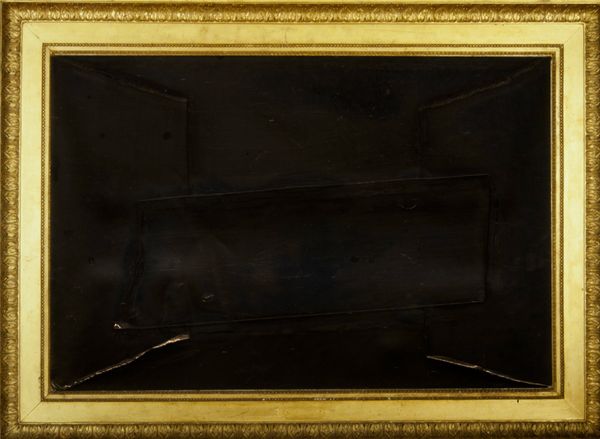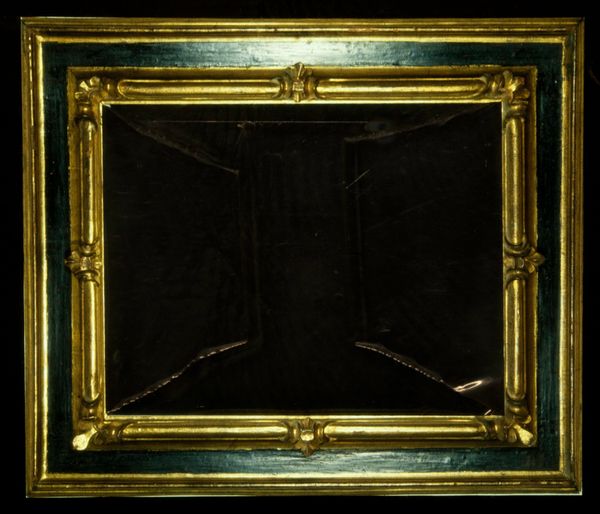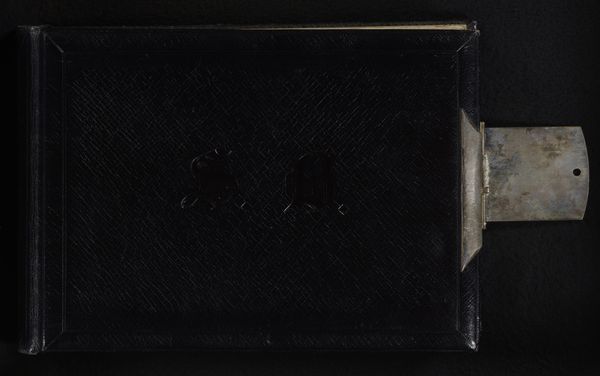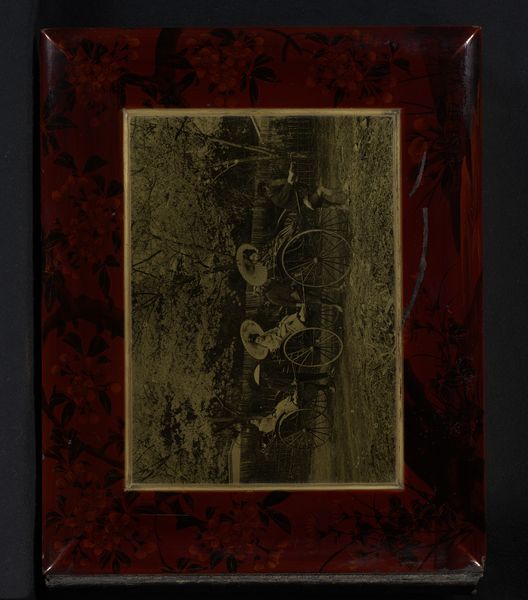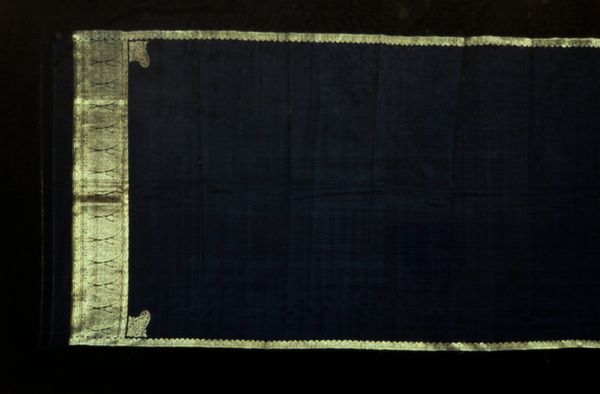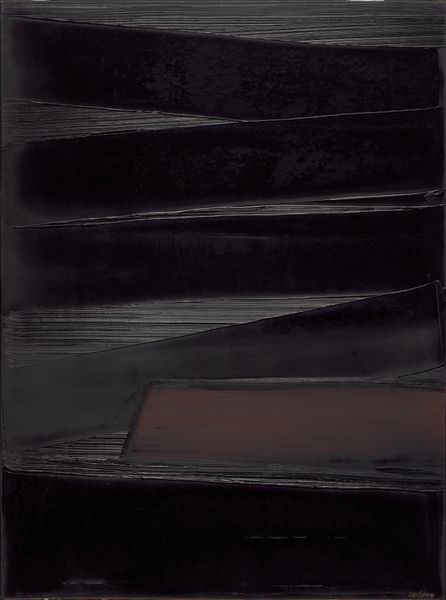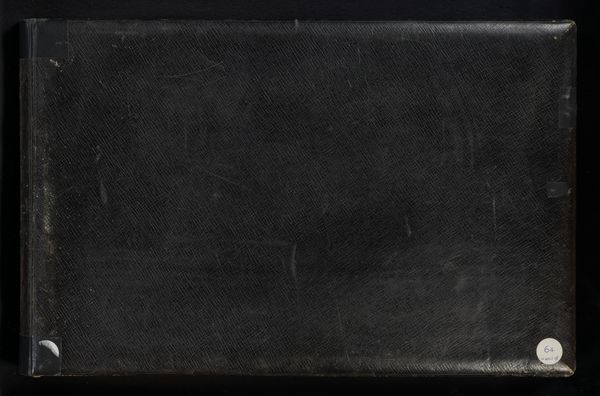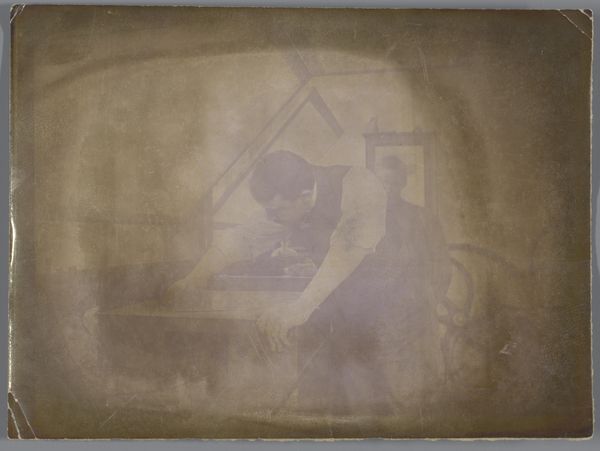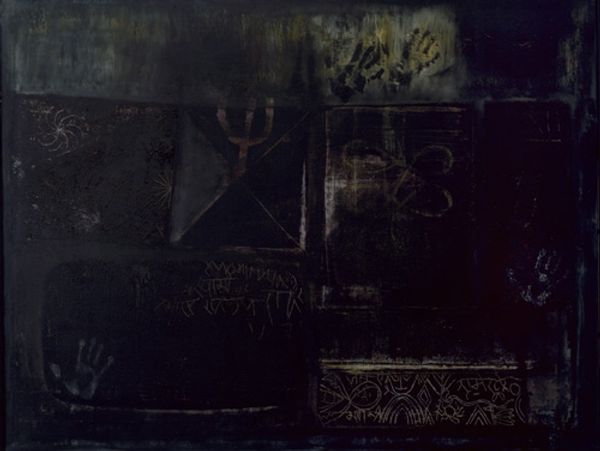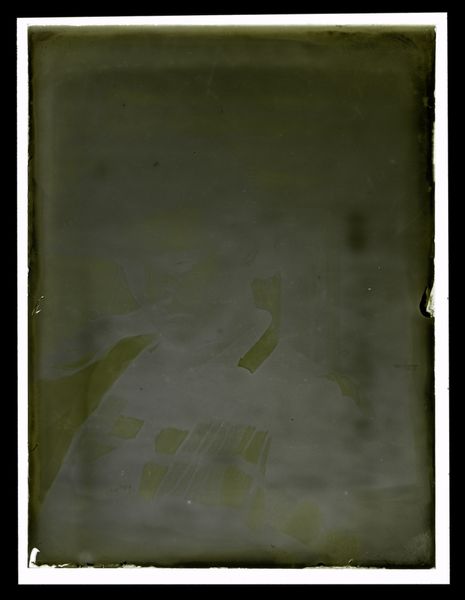
painting, impasto, wood
#
baroque
#
painting
#
sculpture
#
impasto
#
abstraction
#
wood
#
decorative-art
Dimensions: 46 1/2 x 54 3/4 x 2 3/4 in. (118.11 x 139.07 x 6.99 cm)
Copyright: Public Domain
Curator: Let’s turn our attention to this enigmatic piece titled “Frame,” believed to date from the 17th century, currently residing in the Minneapolis Institute of Art. Editor: Well, it’s certainly…striking. Almost aggressively minimal. That glossy black rectangle within an ornate gilded frame is quite a juxtaposition. What exactly are we looking at? Curator: Indeed. The frame itself is baroque, richly embellished, suggesting it once held something of significant value, perhaps a portrait or landscape painting. What remains now is essentially an exercise in monochrome abstraction, realized in dark pigments and possibly some impasto technique. Editor: It gives one pause, doesn’t it? Considering the timeframe, were ornate frames like this used to enhance status? Almost like a vehicle of propaganda, irrespective of the quality of artwork enclosed. And what statement would such a display make today, stripped bare like this? Curator: I think you touch on a critical point. Frames, particularly those commissioned during periods of lavish courtly patronage, carried considerable social weight, reinforcing the value system. The presence of absence within is quite suggestive. Its removal prompts a critical re-evaluation of artistic conventions. What constitutes value, originality, or historical continuity, for example. Editor: Its glossy surface is almost confrontational, it almost dares you to reflect–figuratively and literally on the expectations that accompany seeing a work of baroque-style art in a museum like this one. You could say it speaks volumes about consumerism, or lack thereof. It asks you to acknowledge what is missing. Curator: Precisely. The contrast draws our eye to consider the social construction of value and authorship. Editor: I think "Frame" delivers quite the visual blow, considering that we often overlook how structures–or structural absences, in this instance–have on an artwork’s ability to convey meaning. Curator: Indeed. It challenges the viewer to engage critically, moving beyond surface-level appreciation towards more profound contemplation.
Comments
No comments
Be the first to comment and join the conversation on the ultimate creative platform.
